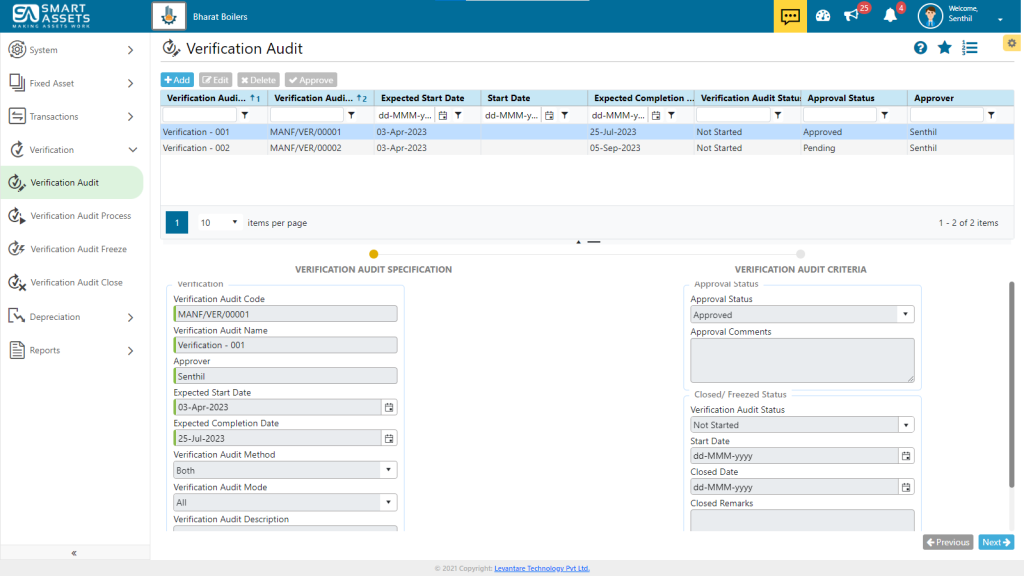
Fixed asset verification audit is a process of verifying the existence, ownership, location, and value of fixed assets of a company. This process is important to ensure that the company’s financial statements accurately reflect the value and condition of its fixed assets.
Here are the steps involved in the fixed asset verification audit process:
- Planning: The first step in the process is to plan the audit, which involves identifying the scope of the audit, the assets to be audited, and the audit team responsible for the audit.
- Physical verification: The next step is to physically verify the existence, location, and condition of the fixed assets. This involves inspecting the assets, taking photographs, and verifying serial numbers and other identifying features.
- Ownership verification: After the physical verification, the auditor verifies the ownership of the assets, which involves reviewing purchase orders, invoices, and other relevant documents to ensure that the assets are owned by the company.
- Valuation: The auditor then verifies the value of the assets, which involves comparing the recorded value of the assets with the market value or appraised value of the assets.
- Documentation: The final step is to document the findings of the audit, which includes preparing an audit report that highlights the results of the audit, any discrepancies or issues found, and recommendations for improving the company’s fixed asset management process.
Fixed asset verification audits are essential for ensuring that the financial statements of a company are accurate and reliable, and that the company’s fixed assets are properly managed and accounted for.

